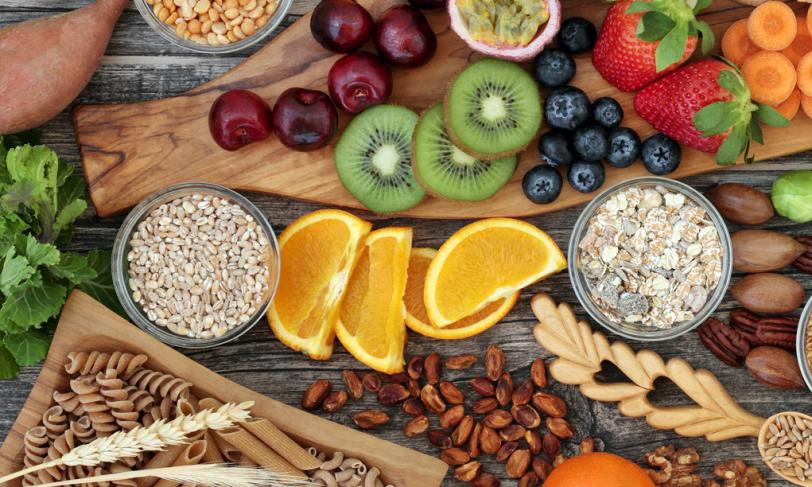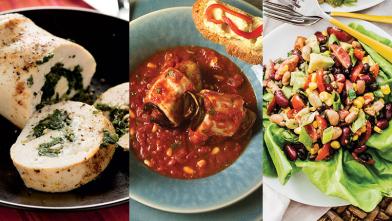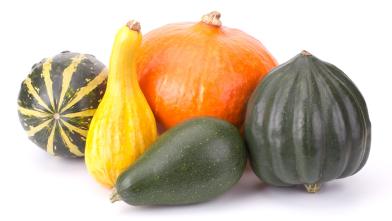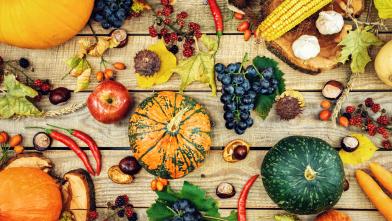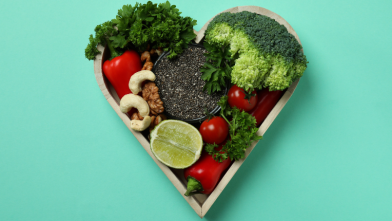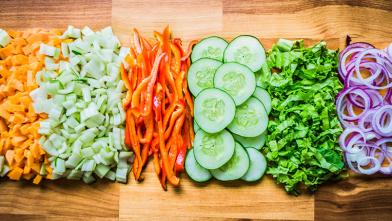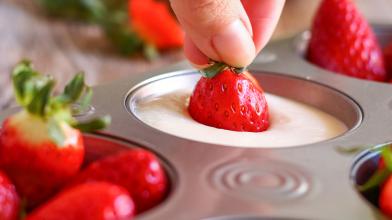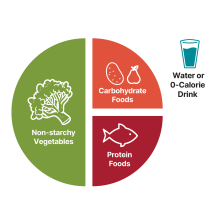
When it comes to carbohydrates (carbs) and diabetes, it’s hard to make sense of all the information out there. Social media, traditional media, and even our circle of friends tend to repeat what they hear about which foods or nutrients are best to eat, or what you should avoid if you want to get healthier. In the past, fat was seen as the nutrient to avoid, but in recent years, carbs have seemed to have taken the spotlight as the “worrisome” nutrient. As with most things in the science of nutrition, this doesn’t tell the whole story. So, how many carbs should a person with diabetes eat?
Macronutrients and Micronutrients
First, let’s take a step back and think about what all foods are made of. Most of the calories in our food come from three macronutrients: carbs, fat, and protein. Often called, “macros,” these are the nutrients your body needs in large amounts. Foods also contain micronutrients like vitamins and minerals—you need these for many of your body's functions, but much smaller amounts and they don’t usually provide any calories.
High Carb, Low Carb, or No Carb?
Should people with diabetes cut back on carbs? It’s true that foods high in carbs have the biggest impact on blood glucose (blood sugar) compared with foods high in protein and fat. Carbs break down into glucose after they are digested, so it makes sense to think that cutting carbs would lead to lower blood glucose levels and better diabetes management. However, as you make your choices, think of your overall health and wellness. Blood glucose is also an important fuel source for your body and brain. Just like a car needs gas, your brain needs blood glucose. A Low Carb or Very Low Carb eating pattern are two of the eating plans that can be helpful with diabetes management.
There’s a lot of debate around what is the ideal mix of carbs, protein, and fat needed by people with diabetes, but we don’t have any clear recommendations that specific amounts of each will be right for everyone. One key strategy that can help you decide what to eat is to know how your eating plan impacts your body by checking your blood glucose throughout the day.
What Kind of Carb Is Just as Important as How Much
There are a lot of food options for carbs and some are better for you than others. “Refined grains” refer to foods made with grains that have had their fiber, bran, and other important nutrients removed during processing. Examples of refined grains are pretzels, crackers, cookies, pastries, cakes, some ready-to-eat cereals, and white breads. These foods may raise your blood glucose level quicker than whole grains and do not provide much positive nutrition beyond any added vitamins and minerals.
“Quality carbs” are those in vegetables, beans, lentils, fruit, milk, yogurt, and whole grains. They break down slowly and have key nutrients like fiber or protein, vitamins, and minerals that provide many health benefits.
The timing and amount of the carbs you eat are also important. Eating a lot of carbs in one meal, even if they are high-quality carbs, may cause a spike in your blood glucose. Try to spread them across your meals and snacks throughout the day based on your personal carb goal. Combining carbs with a lean protein or healthy fat, or choosing a high-fiber carb, can help to slow the absorption of the carb.
And remember, there are many other factors that can affect your blood glucose. Things like changes in activity or sleep, timing and dose of diabetes medications, and illness or stress can all impact on your blood glucose. It’s not only about food!
Find Out What Works for You
When deciding how many carbs per day is best for you, start by looking at what you are eating on a regular basis. How many grams of carbs are you eating in each of your meals and snacks? Monitor your blood glucose to watch for trends. Are there certain times of day when your blood glucose is always higher? If so, that may be the best place to start making small changes.
You can also see how different foods or combinations of food work best for you by checking your blood glucose before a meal or snack and then two hours after. As you continue to make changes, watch for blood glucose trends to help guide the best choices for you.
There are a few ways to monitor carbs:
- Image

Use the Diabetes Plate. This is a lower carb meal plan that guides you to fill half your nine-inch plate with non-starchy vegetables, one-quarter with lean protein, and the final quarter with a quality carbs.
- Count your carbs. Carb counting is adding up the carbs you eat per meal. For people taking insulin, they will match their insulin dose to the number of carbs they plan to eat.
Following a low-carb or very-low-carb eating plan is not just about removing all carbs. If you are thinking about following a low carb eating pattern, be sure to do some careful planning to make sure you are getting all the fiber, vitamins, and minerals you need to stay healthy. Both low-carb or very-low-carb eating patterns have been shown to be successful options for people managing diabetes.
Which food contains carbs?
Carbs are more than just bread and potatoes. They are found in:
- Starches
- Grains
- Fruit
- Milk/yogurt
- Non-starchy vegetables
- Combination foods like:
- Breaded chicken tenders
- Meat loaf
- Condiments
- Sugar-free foods
For packaged foods, check the Nutrition Facts label for the listing of total grams of carbohydrate.
The following foods contain 5g of carbs per one serving:
- Non-starchy vegetables (1/2 cup cooked or 1 cup raw)
Non-starchy vegetables are half of the Diabetes Plate because they are low in carbs.
The following foods contain 5–15g of carbs per one serving:
- Milk (1 cup)
- Unsweetened yogurt (6 ounces)
- Contains some fat and protein if you choose a Greek yogurt
The following foods contain 15g of carbs in one serving:
Choose whole grain versions of breads, cereals, rice and pasta, that contain fiber.
- Breads (1 slice)
- Cereals (1/2–3/4 cup)
- Rice (1/3 cup)
- Polenta or pasta (1/3 cup)
- Starchy vegetables (1 cup of winter squash or ½ cup mashed potatoes)
- Beans (1/3 cup)
- Fresh fruit (1 small apple or orange or ¾ cup blueberries)
- Canned fruit in its own juice (1/2 cup)
- Frozen fruit (1 cup of frozen strawberries)
- Dried fruit (2 tablespoons)
- Fruit juice (1/2 cup)
How many carbs should you eat each day?
With careful review of your blood glucose trends, what you usually eat, and your preferences, you can often find the right balance of carbs that meets your daily nutrition needs and health goals, as well as satisfying your appetite. Whether you follow a Mediterranean, DASH, Vegetarian/Vegan, Low-Fat/Very-Low-Fat, Low-Carb, or Very-Low-Carb eating pattern, one thing is for sure: The best meal plan for YOU is the one you can stick with while meeting your health goals and feeling good! All in all, choose foods that contain key nutrients like vitamins, minerals, and fiber.
Don’t forget to sign up for Diabetes Food Hub’s e-newsletter for monthly diabetes-friendly ideas and recipes.
